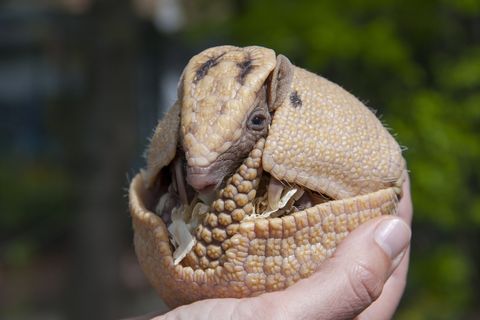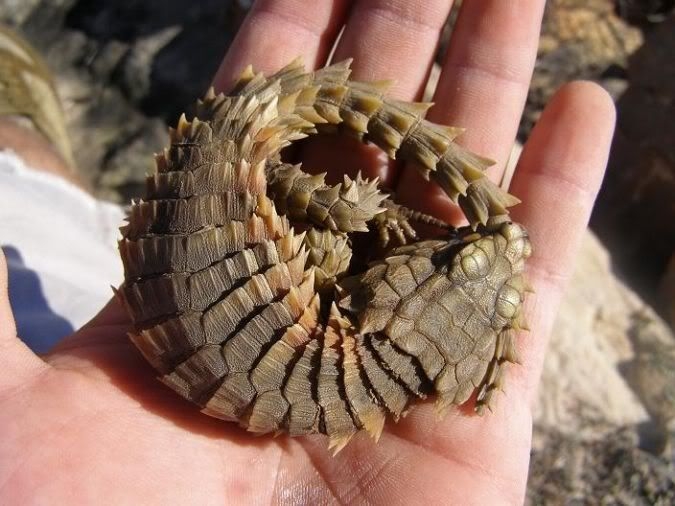

The Ouroboros eats its own tail as a symbol of sustaining life in an eternal cycle of renewal.īecause they live in family groups and are relatively easy to catch, the international illegal reptile pet trade is a growing threat. The Armadillo Girdled Lizard does this to protect its soft underbelly when it feels threatened. Its scientific name, Ouroborus cataphractus, is derived from its habit of rolling into a ball and biting its tail like the mythical Ouroboros found in most ancient cultures. They are friendly, very easy to keep and sturdy reptiles.The Armadillo Girdled Lizard is endemic to the mountains and rocky hills of the Succulent Karoo veld of the western parts of South Africa, specifically from the Orange River in the Northern Cape Province southwards to north of Porterville and eastwards to the west of Laingsburg in the Western Cape Province. but if you are new to lizards I would suggest getting a leopard gecko or a bearded dragon first. Like I say, I've never kept these before. These unique "armored" reptiles are also livebearers and readily breed in captivity. For this reason, they are often recommended as ideal childrens' pets. General info: Armadillo lizards typically tame very easily. Cork bark can be added as low hiding areas.

(Bedding): 2" to 3" inches of Repti-Bark and Bed-Beast is recommended for armadillo lizard terrariums. Misting the habitat occasionally will help maintain proper humidity levels and allow for these lizards to intake water in a manner to which they are accustom. Multiple climbing branches are necessary as well as a shelter for hiding, especially if multiple pets are in the same enclosure. An undertank heater should be placed on the same end of the tank as the basking lamp. However, for multiple pets, increase habitat size accordingly to ensure each lizard has plenty of space to move about and not interfere with tankmates. Armadillo lizards are best kept singularly. A screen lid is essential for proper air exchange. Habitat/Housing: Individuals can be maintained in a 20 gallon aquarium. A shallow water bowl is necessary to keep these lizards in optimum health. Suggested insects are: crickets, mealworms, superworms, and waxworms. Insects should be dusted with a vitamin/calcium powder. The use of a timer will assist in maintaining an accurate schedule of light periods.įeeding/Watering: Armadillo lizards are insectivorous (eat mainly insects). Lighting: All diurnal (mainly active during the day) lizards require 8-10 hours of ultraviolet lighting to maintain good health. The humidity for these lizards should be kept at or near 45%. Night time temperature should remain between 65? and 75?. Additionally, a basking lamp should be used to maintain a local temperature of 95 to 105?. there is quite a bit of info out there.Īrmadillo Lizard Size: Adult length up to 10" Temperature/Humidity: Ideal daytime temperature for these lizards should range between 70? and 85?. From what I have read just now on some sites, these lizards aren't very friendly.

But some will become tame and more able to be handled in time. If you called their name they wouldnt come running etc. Climbing branches should also be available. Also you will need somewhere where the reptile can hide, this will decrease the stress level. These reptiles need a temperature gradient so therefore you will need a basking spot and a cooler area. Also daily misting of cage will help keep humidity up and simulate natural water intake.Ģ9-gallon tank is minimum. adults should be fed every other day, juveniles can be fed 2 times daily since they will be growing. At nighttime the temperature should be 70-75 degrees.Ĭrickets and wax worms dusted with calcium. The Basking area should have a temperature from 90-100 degrees. The daytime temperature should be between 75-85 degrees. The UVB light should be used for 8-10 hours of ultraviolet lighting.
#ARMADILLO LIZARD FOOD FULL#
Use a full spectrum UVB light this will output good UV rays for calcium absorption so that it can digest its food better. its better to be safe that sorry I guess and use tile/slate or something similar. Years ago when I first starteed keeping leo's I had 2 die from impaction. I would say that sand is never ok for any reptile. I've never owned one, but looking around the net I found a few pages. Hehe they remind me of pokemin for some reason!! cool pet.


 0 kommentar(er)
0 kommentar(er)
